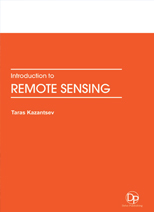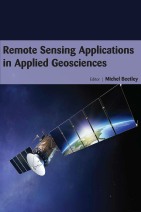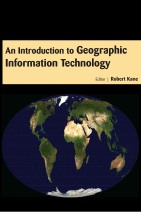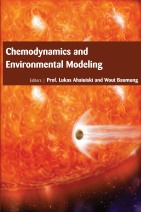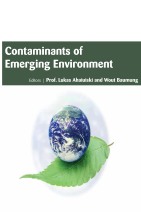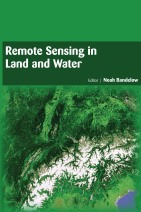Tab Article
Remote sensing is a technology that employs electromagnetic sensors to measure and monitor changes in the earth’s surface and atmosphere. This text presents the fundamental concepts covering various stages of remote sensing, and their applications in plant sciences, hydrology, earth sciences, and land use analysis. Remote sensing is the science of obtaining information about objects or areas from a distance, typically from aircraft or satellites. Remote sensors collect data by detecting the energy that is reflected from Earth. These sensors can be on satellites or mounted on aircraft. Remote sensors can be either passive or active. Passive sensors respond to external stimuli. They record natural energy that is reflected or emitted from the Earth’s surface. The most common source of radiation detected by passive sensors is reflected sunlight.

